Whip spiders capture prey with unique legs. The special claw-like grabbers are a specialized structure used for gathering food.

A structure is anything made up of parts held together. Plants and animals have many structures that help them survive. Some structures are internal, like the lungs, brain, or heart. Other structures are external, like skin, eyes, and claws. Some structures are unique, like the long neck of a giraffe. Other structures are more common, like a heart.
To better understand the structure and function of living things….
LET’S BREAK IT DOWN!
Animal Structure: All animals have structures that help them survive.
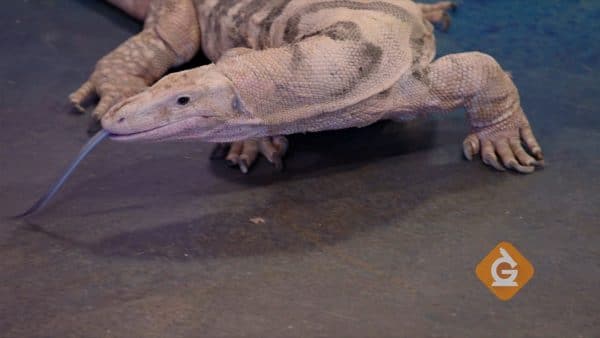
All animals have structures that help them survive in their environment. Some structures help animals find food, like the amazing eyesight of an eagle. Other animals have camouflage to help them hide from predators. Some structures are very unique to certain animals, like the water monitor lizard’s long, forked tongue. They use it to smell and find food.
One special structure that insects have is their hard outer skeleton, called an exoskeleton. Exoskeletons are like wearing armor. It protects insects from predators and keeps insects from drying out. Exoskeletons can also have special structures on them, like the horns on some beetles that are used to compete with other beetles for mates.
Plant Structure: Plants also have structures that help them survive.
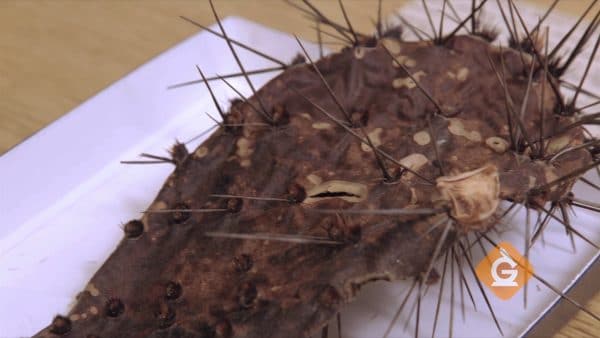
Plants have different parts, like roots, stems, leaves, flowers, and fruit. These structures help them survive.
Some plants have really long roots that help the plant gather water from deep below the surface of the Earth.
Other plants have flowers that are the perfect shape for insects to visit and help with pollination.
Plants that live in really dry areas, like a desert, have special leaves. The spines on a cactus help protect it from animals that might try to eat the cactus in order to get the water stored inside.
Animal and Plant Structures: Each structure has a specific function.
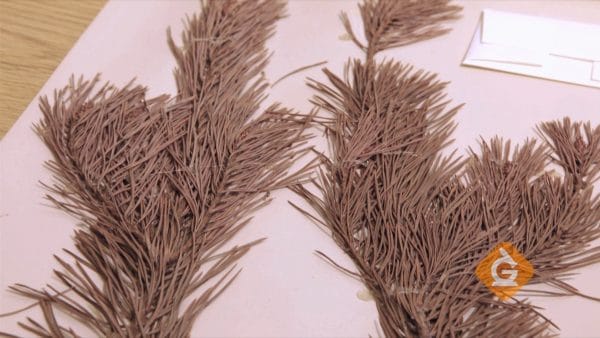
Each plant and animal structure has a special purpose. When you think of elephants, you probably envision their long trunks and floppy ears. Both of those structures have a specific function that helps elephants survive. An elephant’s trunk is a special structure that helps gather food. The big floppy ears help elephants hear noises that are far away.
Plant structures also have specific functions. Corn has special roots that help support the plant and keep it from falling over when fruit is growing on it.
Pine trees have leaves that look like needles instead of big and flat leaves like an oak tree. This helps them conserve water.
EXAMPLES OF THE STRUCTURES & FUNCTIONS OF LIVING THINGS
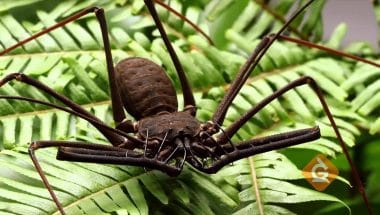
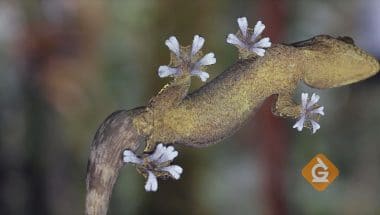
Geckos have the ability to stick to almost any surface. Scientists were inspired by the gecko to create a super sticky tape that is really strong but doesn’t leave residue when it is taken off surfaces.

The “sea coconut” is the largest and heaviest seed in the world. These extra large seeds hold nutrients for the growing plant, and they also float so they can travel far across the ocean.
ANIMAL AND PLANT STRUCTURES VOCABULARY
ANIMAL AND PLANT STRUCTURES DISCUSSION QUESTIONS
What are some of the functions of Bob the Monitor Lizard’s claws?
What structure gives the Monitor Lizard an enhanced sense of smell?
What are some of the structures and functions of the whip spider?
What is an exoskeleton?
What is the function of the coloring on a butterfly wing?
What are some functions of different plant seed structures?
What is the function of the tiny pine needle leaves?
What structure does a cactus have that protects it from being eaten?
Skip, I will use a 3 day free trial
Enjoy your free 30 days trial
We use cookies to make your experience with this site better. By using this site you agree to our use of cookies. Click "Decline" to delete and block any non-essential cookies for this site on this specific property, device, and browser. Please read our privacy policy for more information on the cookies we use.Learn More
We use cookies to improve your experience. By using this site, you agree to our use of cookies. Click "Decline" to block non-essential cookies. See our privacy policy for details.Learn More






